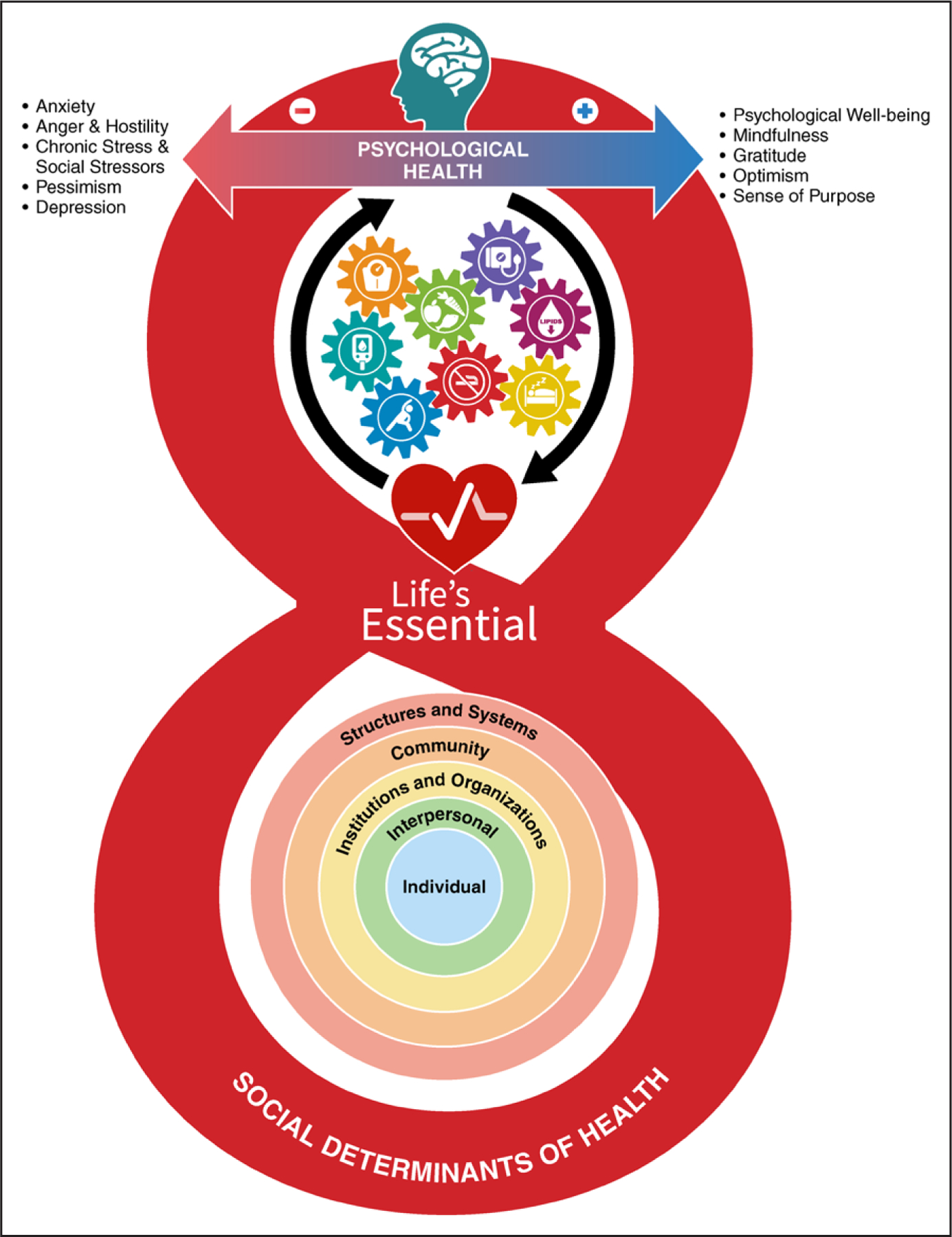Figure 2. The foundational context of CVH.

As depicted in the social-ecological model in the base of the figure 8, a variety of socioeconomic and structural determinants of health provide the foundational framework that affects an individual’s or a community’s ability to optimize cardiovascular health (CVH). Several interacting factors provide critical context for CVH, including structures and systems (general socioeconomic, cultural, and environmental conditions), community resources (ie, education, agriculture, food production, employment, water and sanitation, health care, and housing), institutions and organizations (in which people learn, grow, eat, sleep, play, and pray), interpersonal social and community networks, and individual genetic and behavioral factors. These foundational social-ecological factors work through and alongside an individual’s psychological health (represented at the top of the 8 in the figure) to provide the context for what is possible in improving or maintaining CVH. There is a continuous interplay of brain-mind-heart-body connections that can positively and negatively affect CVH, which is represented by the 8 component metrics (diet, physical activity, nicotine exposure, sleep, body mass index, blood lipids, blood glucose, and blood pressure) as interacting gears.
